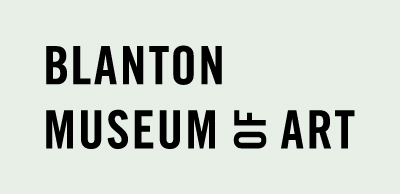Prudence and Foresight
Primary
Giovanni Francesco Romanelli
(Viterbo, Italy, 1610–1662)
NationalityItalian, Europe
Date1655-57
MediumWatercolor over black and red chalks on cream antique laid paper, laid down.
DimensionsSheet: 4 5/8 × 7 15/16 in. (11.7 × 20.1 cm)
Credit LineBlanton Museum of Art, The University of Texas at Austin, The Suida-Manning Collection, 2017.1348.b
Keywords
Rights Statement
Collection AreaPrints and Drawings
Object number2017.1348.b
On View
Not on viewRomanelli began in a High Baroque style wholly dependent on Pietro da Cortona, but steadily reconciled it with the classicism of his first master, Domenichino, and Guido Reni. This elegant if facile synthesis enjoyed great favor in official Roman circles and in Paris during two stays between 1646 and 1657. The second was at the summons of Louis XIV to decorate the summer apartment of Anne of Austria in the Palais du Louvre. This beautifully developed drawing is a study for one of the four lunettes in the apartment, probably for presentation to the royal patrons for approval. Similarly elaborate technique and lovely color are often found in Romanelli’s drawings, especially from his period in France.Admired in his own time as one of Europe’s greatest painters, Giovanni Francesco Romanelli is today considered an elegant interpreter of his master, Pierto da Cortona, and an important exponent of Roman Baroque style. Romanelli was called to work in Paris twice. The principal project of his second sojourn was the decoration of the apartment of Anne of Austria, the queen mother, in the Louvre Palace. During these years the powerful chief minister, Cardinal Mazarin, was promoting contemporary Italian style. The frescoes epitomize his cultural program, which in turn influenced the course of French painting.
These drawings prepared the decoration of two of the six blind arches above windows in one of the apartment’s rooms. Highly finished and extremely attractive, they were surely models submitted to Anne and her advisors for approval prior to the execution of the project. These and a few related studies for the apartment represent the height of Romanelli’s draftsmanship. His drawings are generally simpler, prettier versions of Cortona’s language, often phrased with a rich and inherently pictorial technique. The drawings for the apartment show an orderly design, disciplined form, and handsomely generalized effect that had been latent from his earliest training, with Domenichino, and emerged under the influence of Guido Reni in the preceding decade.
Exhibitions















